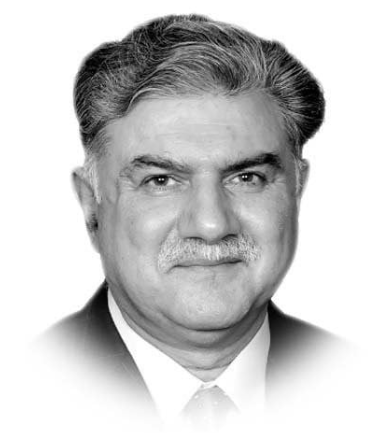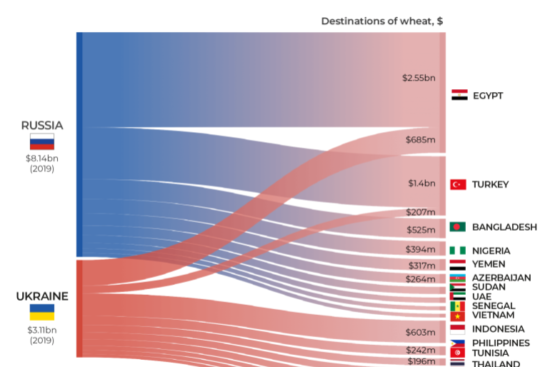
Contrary to many pundits, political analysts, and the majority in the mainstream US media, Republican candidate and former President Donald Trump emerged victorious in the 2024 presidential race. In a repeat of his 2016 victory, Trump defeated two women candidates in a row.
This time, Trump won comfortably, unlike his narrow win against Democratic opponent Hillary Clinton in 2016. His victory allayed concerns about a contested election and the potential for violence, despite the deep polarization in the country. This election unfolded amid bitter political battles, mean-spirited campaigning from both sides, and major global issues, such as the ongoing wars in Gaza, Lebanon, and Ukraine, the climate crisis, and the rise of China.
Alongside Trump and his running mate Kamala Harris, other candidates such as Jill Stein of the Green Party, Chase Oliver of the Libertarian Party, and independent Robert Kennedy Jr. contested the race. As results continued to pour in at the time of publication, Stein had secured 730,118 votes (0.5%), Kennedy (who had allied with Trump) garnered 705,047 votes (0.5%), and Oliver received 620,982 votes (0.4%). None of these candidates won any Electoral College votes.
Trump clinched 50.2% of the popular vote (75.45 million) and secured 312 Electoral College Votes (ECV) out of a total of 538. Harris finished with 48.1% of the popular vote (71.87 million) and 226 ECV. The magic number for victory in the Electoral College is 270.
The Importance of Swing States
The election was largely determined by the swing states, those battlegrounds where voters are evenly divided between the two parties. In 2024, CBS News identified seven key swing states: Pennsylvania (19 ECV), North Carolina (16 ECV), Georgia (16 ECV), Michigan (15 ECV), Arizona (11 ECV), Wisconsin (10 ECV), and Nevada (6 ECV). These states, with their total of 93 Electoral College votes, played a decisive role in determining the outcome of the race. Trump triumphed in all seven.
Why Did Trump Do So Well?
Despite constant vilification in the mainstream media, a deeply polarized electorate, and his often controversial rhetoric, Trump was able to connect with enough voters to secure a decisive win. Several factors contributed to his success.
1. His Personality and Campaign Style
At 78 years old, Trump remained politically relevant and engaged, constantly staying in the news and campaigning tirelessly. His rallies were characterized by a blend of comedy, fury, optimism, darkness, and cynicism, as reported by The New York Times. These qualities resonated with many voters who felt disconnected from the political establishment. Many supporters saw Trump as a fighter, someone who understood their struggles and would challenge the “elite” political class.
Trump’s ability to speak his mind, regardless of the consequences, allowed him to connect with a broad range of Americans, from suburban mothers and farmers to military personnel and blue-collar workers. His unapologetic style and willingness to tackle ordinary issues—like taxes and inflation—further endeared him to voters who felt their concerns were ignored by mainstream politicians.
2. Defiant Leadership and Crisis Appeal
Trump’s reaction to personal adversity, such as his survival of a July assassination attempt, reinforced his image as a tough and defiant leader. His bloodied mug shot, emblazoned on T-shirts, became a symbol of his resilience, and many saw it as proof that he was willing to fight for them, no matter the cost.
His defiant response to attacks—such as his call to “fight” after being hit—appealed to Americans who valued strength and toughness, especially in times of crisis.
3. Appeal to Religious and Rural America
Trump’s ability to reach the rural, “religious right” in America was another key factor in his victory. He skillfully leveraged Christian imagery and language, including references to martyrdom and divine intervention. Many evangelical Christians believed that God had saved him and that his victory was part of a divine plan to combat evil.
Trump’s messages about religion, combined with his tough rhetoric on issues like immigration and crime, helped solidify his appeal in these communities. His stance on immigration, despite being widely criticized for its harshness, resonated with voters who feared a migrant influx and associated it with rising crime and economic instability.
4. Strong Messaging on Immigration and Nationalism
Trump’s “America First” platform, which emphasized strict immigration policies, tapped into fears about immigration and its economic and social impacts. His portrayal of migrants as “child rapists” and “bloodthirsty predators” galvanized his base, further stoking resentment toward what he described as a corrupt, incompetent government.
His ability to frame complex issues, like immigration and crime, in stark, emotionally charged terms helped him rally a significant portion of the electorate, especially those who felt threatened by rapid demographic changes and rising economic uncertainty.
5. Optimistic Yet Dark Messaging
Trump’s campaign was also marked by a balance of dark and optimistic messaging. While he frequently painted a grim picture of America’s future under Democratic leadership, he also offered a message of hope. In places like the Bronx, he encouraged poor communities to “think to the future” while learning from the past. Similarly, in diverse urban areas, he called for unity, urging Black and Hispanic voters to “pull together as Americans.”
This duality of his message—combining pessimism with optimism—resonated with many who felt alienated by the political status quo.
6. Defying the Political Establishment
Trump’s victory can also be seen as a referendum on the establishment and institutions that have dominated American politics since the end of the Cold War. His win was a public rejection of what many saw as the “deep state” and the political orthodoxy upheld by elites from both parties. For voters, Trump’s defeat of not only Harris but also figures like Liz Cheney, Hillary Clinton, and military generals symbolized a broader revolt against entrenched political elites.
7. Voter Frustration with Status Quo
Many of Trump’s supporters saw his election as a vote of no confidence in America’s leadership and institutions. His victory was, in part, a punitive verdict on the political elites and institutions that they believed had failed to represent the interests of ordinary Americans. His populist rhetoric, which rejected traditional notions of expertise and authority, captured the frustration of millions who felt left behind by the system.
Challenges Ahead: Trump’s Path to Radical Change
While Trump’s victory marks a significant moment in American politics, his ability to implement radical change will likely be constrained by the constitutional checks and balances of the American system. While his slogan “Make America Great Again” resonated with many, actual progress on his key promises may be more challenging.
Despite his victory, Trump may face significant obstacles in trying to dismantle Washington’s political cartel, especially given the entrenched nature of the political system and the divided state of the nation. While his presidency may herald a period of “creative disruption,” it is unclear whether it will lead to lasting reforms or simply a reshuffling of the same political elites.
Conclusion
Trump’s 2024 victory is a testament to his ability to connect with voters who felt disenfranchised and angry at the political system. His defiance, populist message, and willingness to challenge the political establishment resonated deeply with many Americans. However, the path forward will be fraught with challenges, as radical change in the American political system is often difficult to achieve. Ultimately, whether Trump’s presidency will lead to enduring change or simply reinforce the existing political order remains to be seen.



















Leave a Reply